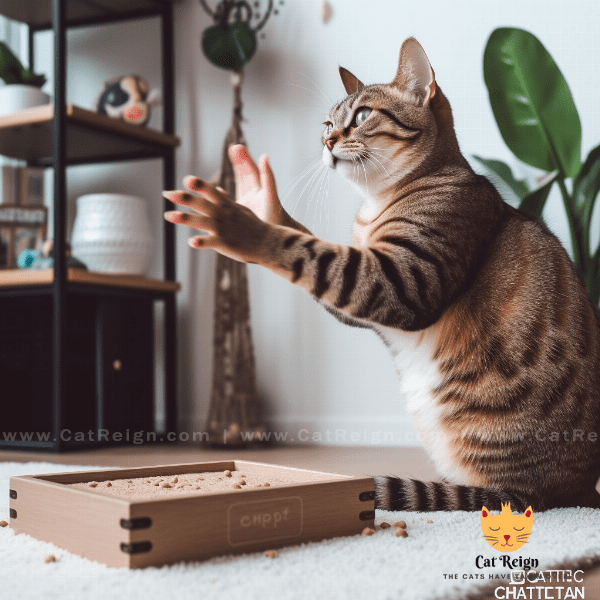Table of Contents
- Understanding Why Cats Scratch
- Providing Appropriate Scratching Surfaces
- Distracting Your Cat from Inappropriate Scratching
- Using Deterrents to Prevent Scratching
- Trimming Your Cat’s Claws
- Providing Plenty of Playtime and Exercise
- Seeking Professional Help if Needed
- Addressing Underlying Medical Issues
- Consistency and Patience: The Key to Success
- Celebrating Your Cat’s Healthy Scratching Habits
Understanding Why Cats Scratch
Cats are natural scratchers and it’s an innate behavior that they use for a variety of reasons. Here are some of the main reasons why cats scratch:
Marking Territory
Cats have scent glands in their paws, so when they scratch, they leave a visual mark as well as a scent. This helps them mark their territory and communicate with other cats in the area.
Stretching and Strengthening Muscles
Scratching is a great way for cats to stretch and flex their muscles. It helps them to keep their bodies strong and agile, which is important for hunting and climbing.
Maintaining Claws
Cats need to scratch in order to maintain their claws. Scratching helps to remove the outer layer of their claws, keeping them sharp and healthy.
Relieving Stress
Scratching can also be a way for cats to relieve stress and anxiety. It’s a natural behavior that helps them to release pent-up energy and frustration.
By understanding why cats scratch, you can begin to address the behavior in a way that is both humane and effective. By providing appropriate scratching surfaces and using positive reinforcement techniques, you can encourage your cat to scratch in a way that is healthy for both them and your furniture.

Providing Appropriate Scratching Surfaces
One of the best ways to prevent your cat from scratching your furniture is to provide them with appropriate scratching surfaces. Here are some tips to keep in mind when selecting scratching surfaces for your cat:
Texture
Cats prefer to scratch on surfaces that have a rough texture, such as sisal, cardboard, or carpet. Make sure that the scratching surface you provide has a texture that your cat enjoys.
Size
The scratching surface should be tall enough for your cat to fully stretch out their body and have enough length to scratch comfortably. A horizontal scratching pad or a vertical scratching post can be a good choice depending on your cat’s preference.
Location
Place the scratching surface in a location where your cat spends most of their time. This will encourage them to use the scratching surface instead of your furniture.
Multiple Options
Provide multiple scratching surfaces throughout your home. This will allow your cat to choose the surface they prefer and reduces the chances of them scratching your furniture.
Remember to encourage your cat to use their scratching surface by using positive reinforcement techniques such as treats and praise. With time and patience, your cat will learn to use their scratching surface instead of your furniture.

Distracting Your Cat from Inappropriate Scratching
Sometimes, despite your best efforts, your cat may still try to scratch your furniture. Here are some tips to distract your cat from inappropriate scratching:
Provide Toys
Cats love to play, so providing toys that your cat can interact with can be a great way to distract them from inappropriate scratching. Toys that are interactive, such as toys that move or make noise, can be particularly effective.
Use Repellents
You can also use cat repellents to discourage your cat from scratching on inappropriate surfaces. There are a variety of natural and commercial repellents available, such as citrus spray, aluminum foil, or double-sided tape.
Block Access
If your cat continues to scratch a particular piece of furniture, consider blocking access to it. This can be done by closing doors or using barriers to prevent your cat from reaching the furniture.
By using these techniques, you can help to distract your cat from inappropriate scratching and encourage them to use their scratching surfaces instead. Remember to always use positive reinforcement techniques and to be patient and consistent with your training.

Using Deterrents to Prevent Scratching
In addition to providing appropriate scratching surfaces and distracting your cat from inappropriate scratching, you can also use deterrents to prevent your cat from scratching your furniture. Here are some options to consider:
Cat Deterrent Sprays
Cat deterrent sprays are a popular option for preventing inappropriate scratching. These sprays usually contain natural scents that cats dislike, such as citrus or lavender. Spray the deterrent on the furniture or other surfaces that your cat is scratching, and it should discourage them from continuing.
Sticky Paws
Sticky Paws is a double-sided tape that can be applied to furniture to discourage cats from scratching. Cats do not like the sticky sensation of the tape on their paws, so they will avoid the area.
Furniture Covers
If your cat is particularly persistent in scratching your furniture, consider using furniture covers. These covers are designed to protect your furniture from scratches and can be removed when company comes over.
Nail Caps
Nail caps are a humane and effective way to prevent your cat from scratching your furniture. These small caps fit over your cat’s claws and prevent them from being able to scratch. They usually last for several weeks before they need to be replaced.
By using deterrents in combination with appropriate scratching surfaces and positive reinforcement techniques, you can help your cat learn to scratch in appropriate locations and protect your furniture at the same time.
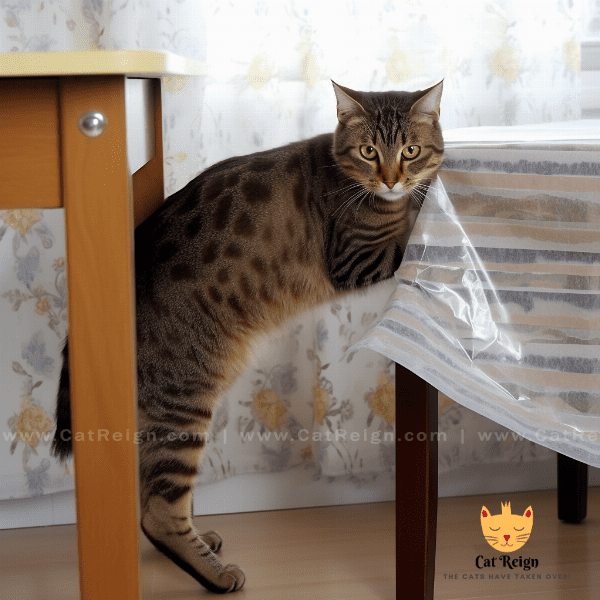
Trimming Your Cat’s Claws
Trimming your cat’s claws regularly is an important part of keeping them healthy and preventing them from scratching your furniture. Here are some tips for safely trimming your cat’s claws:
Use the Right Tools
Use cat-specific nail clippers or scissors to trim your cat’s claws. Make sure they are sharp and in good condition before you start.
Choose the Right Time
Choose a time when your cat is relaxed and calm, such as after a meal or a nap. This will make the process easier and less stressful for both you and your cat.
Be Gentle
When trimming your cat’s claws, be gentle and avoid cutting into the quick, which is the pink area of the claw that contains blood vessels and nerves. This can be painful for your cat and may cause bleeding.
Use Positive Reinforcement
Reward your cat with treats and praise throughout the process to help keep them calm and comfortable. This will also help to reinforce good behavior and make future claw trimming sessions easier.
Consider Professional Help
If you’re not comfortable trimming your cat’s claws or if your cat is particularly resistant, consider seeking professional help from a veterinarian or a groomer.
Regularly trimming your cat’s claws can help to prevent them from scratching your furniture and keep their claws healthy at the same time. Remember to be gentle and use positive reinforcement techniques to make the process easier for both you and your cat.
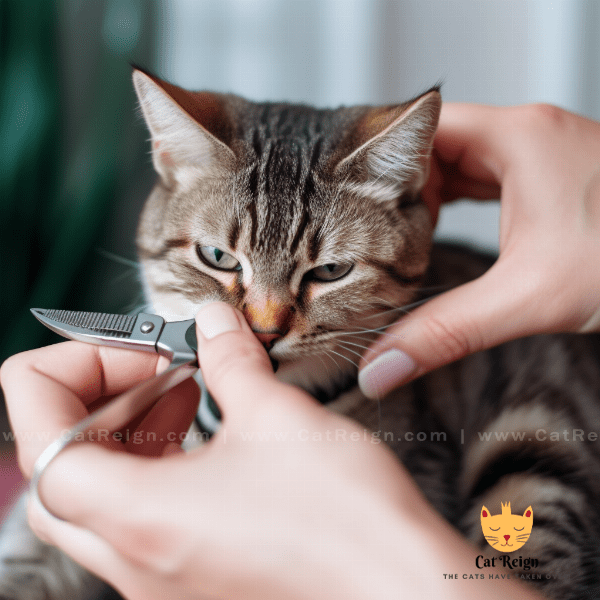
Providing Plenty of Playtime and Exercise
In addition to providing appropriate scratching surfaces and regularly trimming your cat’s claws, it’s important to provide plenty of playtime and exercise for your cat. Here are some tips to keep in mind:
Schedule Playtime
Set aside time each day to play with your cat. This can be as simple as using a wand toy or throwing a ball for them to chase. Regular playtime helps to burn off excess energy and can reduce stress and anxiety.
Consider Outdoor Access
If it’s safe and feasible, consider allowing your cat access to the outdoors. This can provide them with opportunities for exercise and stimulation that are difficult to replicate indoors.
Use Food Puzzles
Food puzzles are a great way to provide your cat with mental stimulation while also encouraging them to work for their food. There are a variety of food puzzles available, such as treat balls or puzzle feeders.
By providing plenty of playtime and exercise for your cat, you can help to reduce their desire to scratch and relieve stress and anxiety. Remember to provide a variety of toys and opportunities for enrichment to keep your cat happy and healthy.
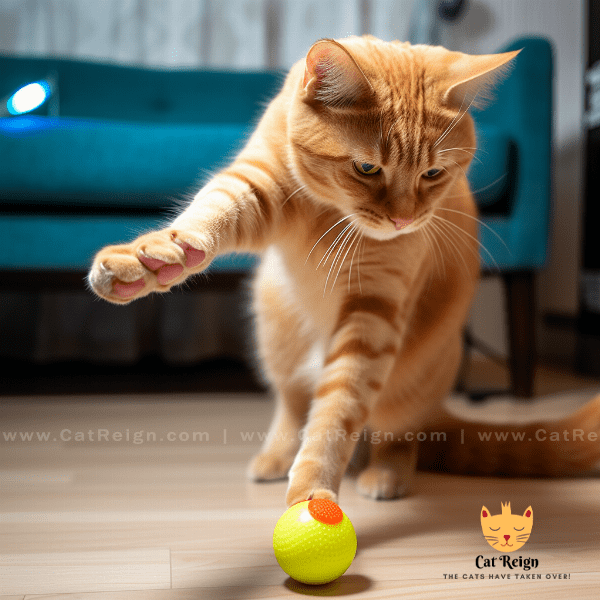
Seeking Professional Help if Needed
If you have tried all of the above tips and your cat continues to scratch your furniture or exhibit other unwanted behaviors, it may be time to seek professional help. Here are some options to consider:
Veterinarian
Your veterinarian can help to rule out any underlying medical issues that may be contributing to your cat’s behavior. They can also provide advice on behavior modification techniques or prescribe medication if needed.
Animal Behaviorist
An animal behaviorist can work with you and your cat to identify and address any underlying behavior issues. They can provide customized training plans and techniques to help modify your cat’s behavior.
Cat Trainer
A cat trainer can provide one-on-one training sessions with you and your cat to address specific behavior issues. They can also provide advice on appropriate scratching surfaces and techniques to prevent unwanted scratching.
Groomer
A professional groomer can help to keep your cat’s nails trimmed and prevent them from scratching your furniture. They can also provide advice on appropriate scratching surfaces and behavior modification techniques.
Remember that seeking professional help is not a sign of failure, but rather a proactive step towards addressing your cat’s behavior issues. With the right support and guidance, you can help your cat learn to scratch in appropriate locations and live a happy and healthy life.
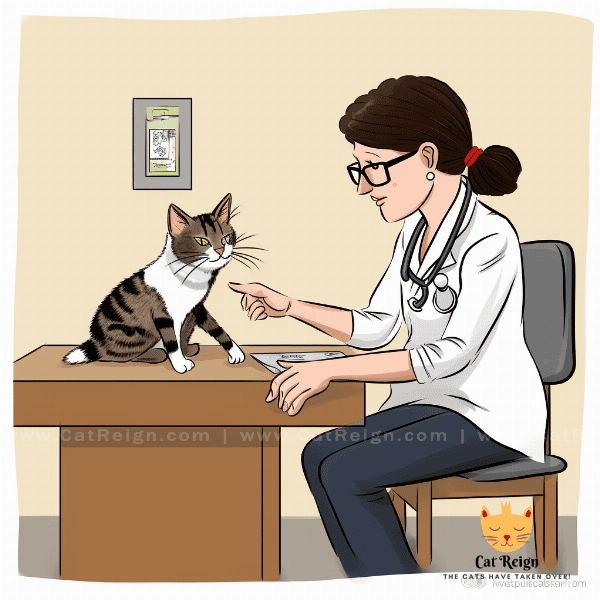
Addressing Underlying Medical Issues
If your cat’s scratching behavior suddenly changes or becomes excessive, it’s important to rule out any underlying medical issues that may be contributing to the behavior. Here are some medical issues to be aware of:
Skin Conditions
Skin conditions, such as allergies or parasites, can cause your cat to scratch excessively. If you notice that your cat is scratching more than usual or has developed skin lesions, take them to the vet for an examination.
Pain or Discomfort
If your cat is experiencing pain or discomfort, they may scratch as a way to cope. Conditions such as arthritis or dental problems can cause pain and discomfort. If you suspect that your cat is in pain, take them to the vet for an examination.
Anxiety or Stress
Anxiety or stress can also contribute to your cat’s scratching behavior. If your cat is exhibiting other signs of anxiety, such as hiding or excessive grooming, they may be experiencing stress. Consult with your vet to determine the best course of action.
Other Medical Conditions
Other medical conditions, such as hyperthyroidism or neurological issues, can also cause changes in your cat’s behavior. If you suspect that your cat’s scratching behavior is due to an underlying medical condition, take them to the vet for an examination.
By addressing any underlying medical issues that may be contributing to your cat’s scratching behavior, you can help to improve their overall health and well-being. Work with your vet to determine the best course of action and provide your cat with the necessary care and treatment.
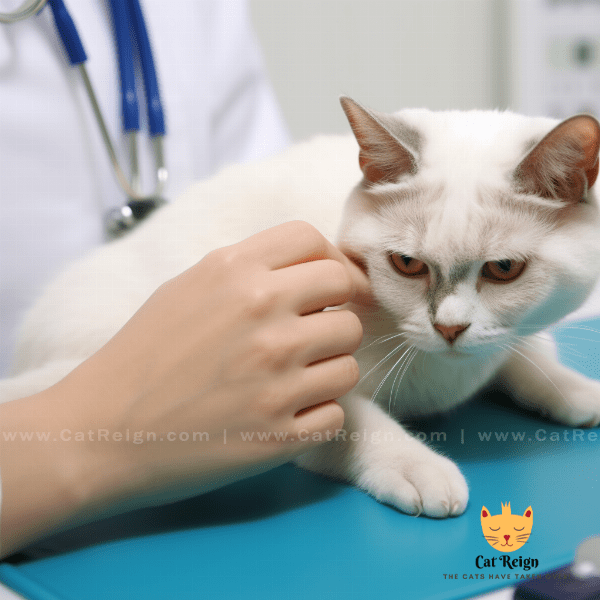
Consistency and Patience: The Key to Success
Addressing your cat’s scratching behavior requires consistency and patience. Here are some tips to keep in mind:
Stick to a Routine
Establish a consistent routine for your cat’s playtime, feeding, and training sessions. This will help to reinforce good behavior and make it easier for your cat to understand what is expected of them.
Be Patient
Changing your cat’s behavior takes time and patience. Don’t get discouraged if progress is slow or if setbacks occur. Stick with it and continue to provide positive reinforcement and encouragement.
Reward Good Behavior
Whenever your cat exhibits good behavior, such as using their scratching post or not scratching your furniture, be sure to reward them with treats and praise. This will help to reinforce good behavior and encourage them to continue.
Avoid Punishment
Avoid punishing your cat for inappropriate scratching. Punishment can be counterproductive and may cause your cat to become fearful or anxious.
Seek Help if Needed
If you’re struggling to address your cat’s scratching behavior or if you’re feeling overwhelmed, don’t hesitate to seek help. Your veterinarian, animal behaviorist, or cat trainer can provide guidance and support to help you and your cat succeed.
Remember that consistency and patience are key when it comes to addressing your cat’s scratching behavior. By establishing a routine, rewarding good behavior, and avoiding punishment, you can help your cat learn to scratch in appropriate locations and live a happy and healthy life.
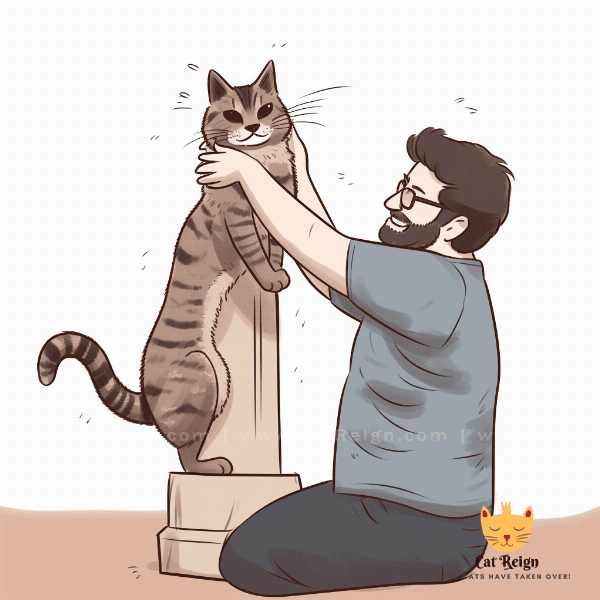
Celebrating Your Cat’s Healthy Scratching Habits
Once your cat has learned to scratch in appropriate locations, it’s important to celebrate their healthy scratching habits. Here are some ways to do so:
Provide New Scratching Surfaces
As your cat becomes more comfortable with their scratching post or pad, provide new scratching surfaces for them to explore. This will keep them engaged and interested in their scratching surfaces.
Praise and Treats
Continue to praise your cat and offer them treats whenever they use their scratching surface. This will reinforce good behavior and encourage them to continue.
Show off Your Cat’s Skills
Share your cat’s healthy scratching habits with others. Take photos or videos of your cat using their scratching surface and share them on social media or with friends and family. This can be a fun way to celebrate your cat’s progress.
Provide Enrichment
In addition to scratching surfaces, provide your cat with plenty of opportunities for enrichment and stimulation. This can include puzzle toys, climbing structures, and interactive toys.
By celebrating your cat’s healthy scratching habits and providing them with opportunities for enrichment, you can help to reinforce good behavior and keep your cat happy and healthy. Remember to continue to provide positive reinforcement and to be patient and consistent in your training.
